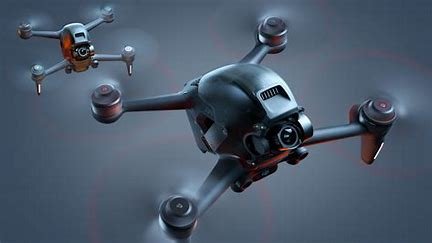Types of Water Pollution: A Deep Dive
So, Types of water pollution—it’s one of those big environmental problems we’re facing today. It’s a serious issue, affecting everything from ecosystems to human health and even economies all over the globe. Basically, it happens when harmful substances get into our water bodies—think rivers, lakes, oceans, and even groundwater. These nasty pollutants mess with natural processes, hurt aquatic creatures, and can make water unsafe for drinking or just having fun.
Let’s break down the different types of water pollution, what causes them, and how they impact our world. This guide aims to give you the scoop while still being helpful for those searching online.

1. Surface Water Pollution
When we talk about surface water pollution, we’re referring to the contamination of water bodies that we can actually see—like rivers, lakes, oceans, and streams. This is the most common type of pollution and, well, it’s often right in our faces.
*Causes:*
– Industrial Waste: Factories sometimes dump toxic chemicals and heavy metals straight into rivers and lakes. Not cool.
– Urban Runoff: When it rains, water washes oil, grease, and all sorts of debris from streets into these water bodies.
– Agricultural Runoff: Fertilizers, pesticides, and animal waste from farms often flow into nearby rivers and streams.
*Impacts:*
– It messes up aquatic ecosystems by lowering oxygen levels—a process known as eutrophication.
– Makes water unsafe to drink or enjoy during recreational activities.
– Hurts local economies that rely on fishing and tourism.
2. Groundwater Pollution
Groundwater is the water hiding beneath the Earth’s surface, stored in aquifers. Pollution here happens when contaminants seep into the soil and reach these underground reservoirs.
*Causes:*
– Leaching of Chemicals: This can come from improper disposal of hazardous waste or overusing fertilizers and pesticides.
– Industrial Spills: Sometimes, there are accidental leaks from storage tanks or pipelines.
– Landfills: Poorly managed landfills can leak toxic substances into groundwater.
*Impacts:*
– Once groundwater is contaminated, it’s a real challenge to clean up—making it a long-term headache.
– It poses serious health risks, like cancer and neurological disorders.
– Reduces the amount of drinkable water in affected areas.
3. Marine Pollution
Marine pollution hits our oceans and seas, primarily due to human activities both on land and at sea.
*Causes:*
– Oil Spills: These happen from tankers and drilling rigs, sometimes accidentally.
– Plastic Waste: Non-biodegradable plastics often end up in the oceans, creating huge garbage patches.
– Sewage Discharge: Untreated wastewater sometimes gets dumped into the ocean.
*Impacts:*
– It wipes out marine ecosystems and kills sea life.
– Contributes to dwindling fish populations, which is a bummer for food security.
– Alters the natural chemical balance in ocean waters, affecting coral reefs and other habitats.
4. Microbiological Pollution
This type of pollution involves microorganisms—like bacteria, viruses, and protozoa—contaminating water. It’s a big worry in developing countries where sanitation isn’t up to snuff.
*Causes:*
– Human Waste: Poor sanitation and open defecation near water sources can be a huge issue.
– Animal Waste: Runoff from livestock farming can introduce harmful pathogens.
– Floods: Floodwaters can mix with sewage, spreading contamination.
*Impacts:*
– Leads to waterborne diseases like cholera, dysentery, and typhoid.
– Contributes to high child mortality rates in underdeveloped regions.
– Creates public health crises, especially during natural disasters.
5. Chemical Pollution
Chemical pollution is about harmful chemicals making their way into our water bodies, turning them toxic for both humans and aquatic life.
*Causes:*
– Agriculture: Overusing fertilizers and pesticides can lead to runoff.
– Industrial Processes: Sometimes, hazardous chemicals are released during manufacturing.
– Mining Activities: Chemicals like cyanide and mercury used in mining can seep into water sources.
*Impacts:*
– It damages ecosystems by changing the pH and chemical makeup of water.
– Toxins can bioaccumulate in aquatic organisms, messing up food chains.
– Can lead to long-term health problems for humans, like kidney issues and reproductive problems.
6. Thermal Pollution
This happens when human activities heat up water bodies, raising their temperature.
*Causes:*
– Power Plants: They discharge heated water used for cooling machinery.
– Industrial Factories: Hot wastewater gets released sometimes.
– Deforestation: Cutting down trees can expose water bodies to direct sunlight.
*Impacts:*
– Lowers oxygen levels in the water, making it unlivable for certain species.
– Dis
Internal Link :- ragdi









